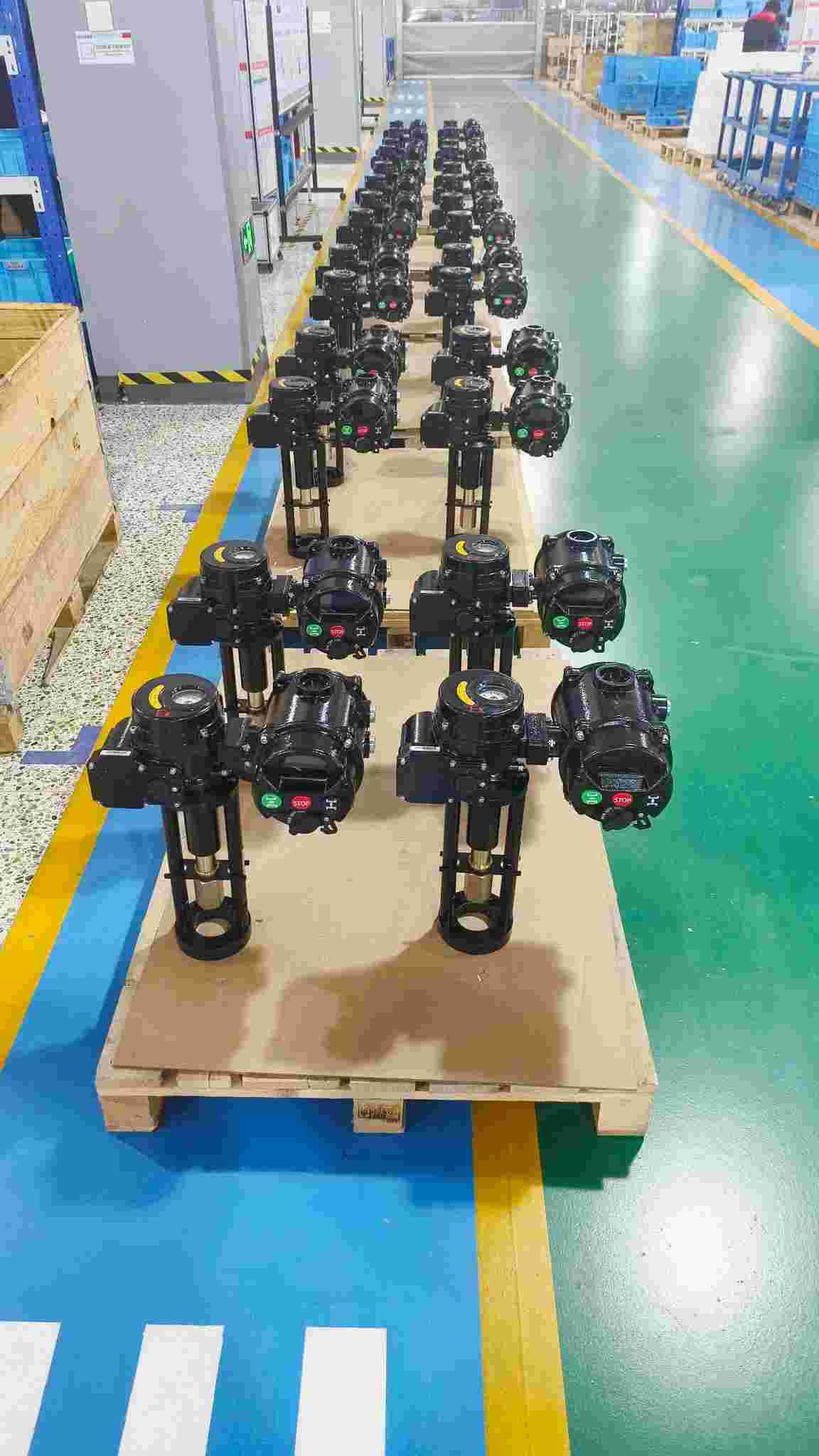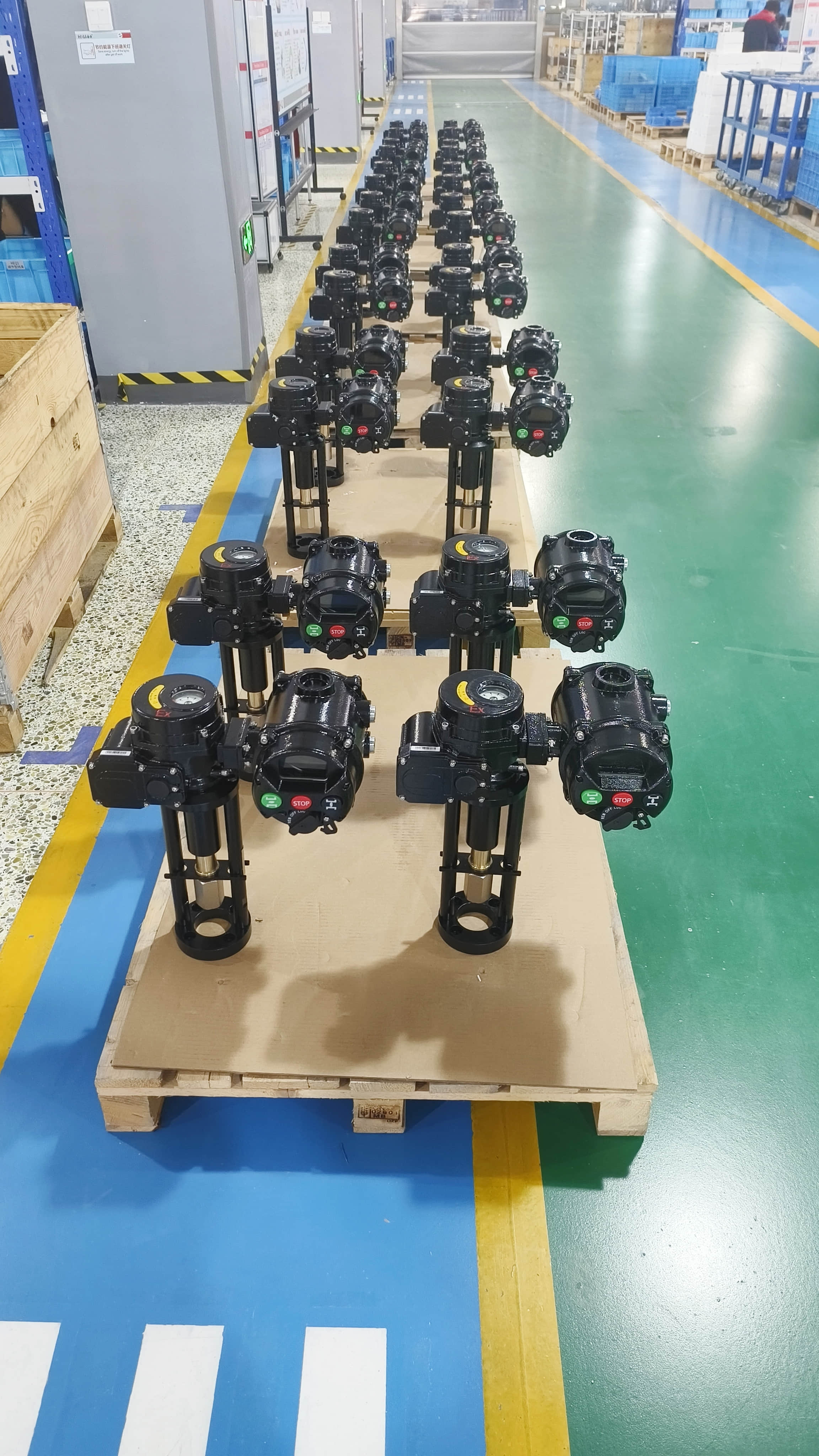
In the realm of industrial automation, the drive for efficiency, precision, and adaptability has led to the development of advanced technologies that redefine the way systems operate. Among these innovations, the Intelligent Integrated Electric Actuator (IIEA) stands out as a transformative solution, embodying the convergence of mechanical engineering, electronics, and software design. This article explores the salient features, operational principles, and applications of the Intelligent Integrated Electric Actuator, shedding light on its significance in modern automation.
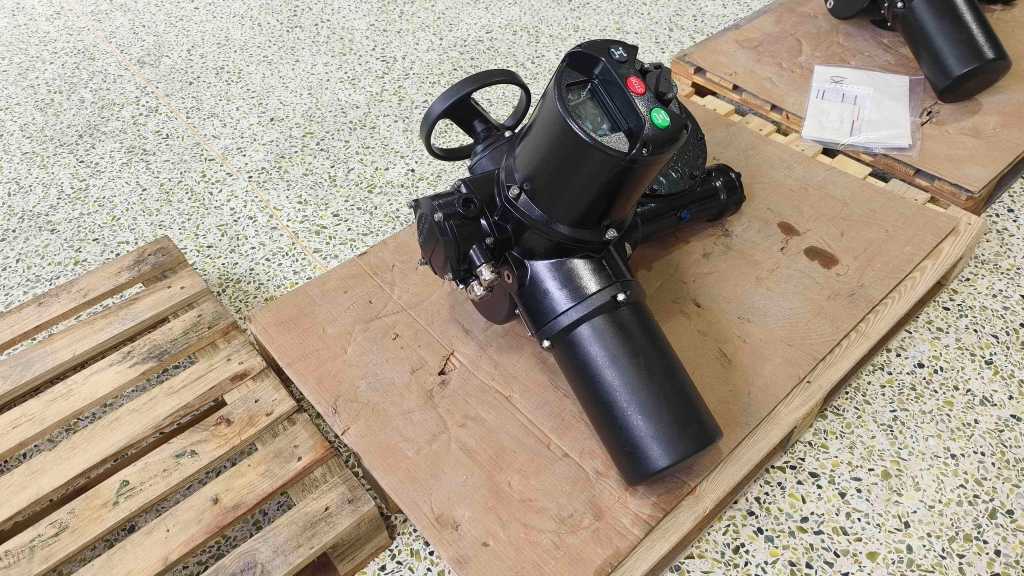
At its core, an Intelligent Integrated Electric Actuator is a compact device that combines various components, including an electric motor, a gearbox, sensors, and a control unit, all seamlessly integrated into one system. This integration offers numerous advantages over traditional actuator systems that rely on separate components, which can lead to increased space requirements and installation complexities. The design of IIEAs allows for simplified installation and reduced potential points of failure, ultimately enhancing reliability and performance.
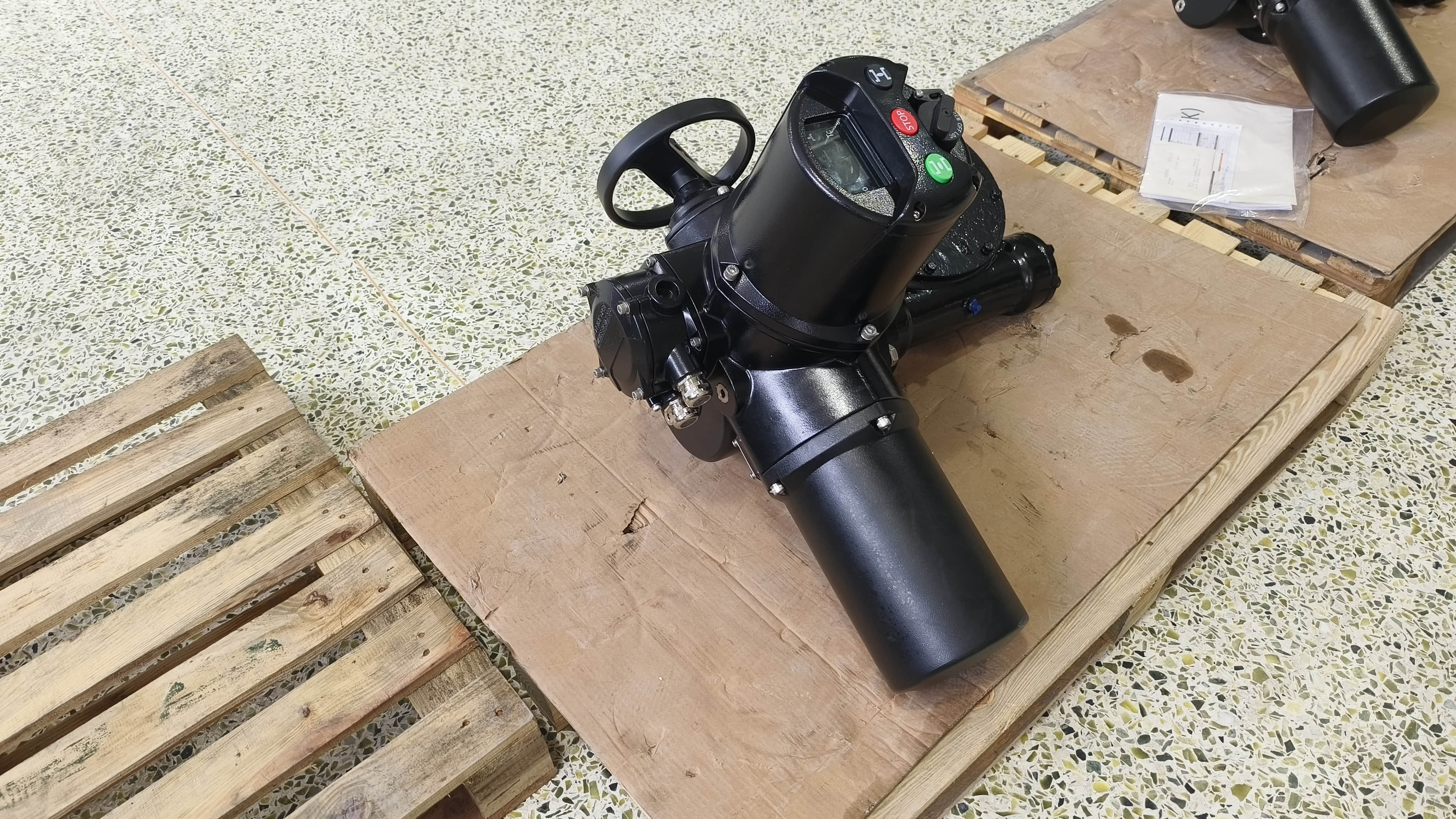
One of the most compelling attributes of the Intelligent Integrated Electric Actuator is its intelligent control capabilities. These actuators are equipped with advanced algorithms that facilitate real-time adjustments based on changing operational conditions. Through feedback mechanisms, such as position and force sensors, the actuator can monitor its performance and adapt its response accordingly. This dynamic ability ensures high precision and responsiveness, making IIEAs ideal for applications that demand exacting control.
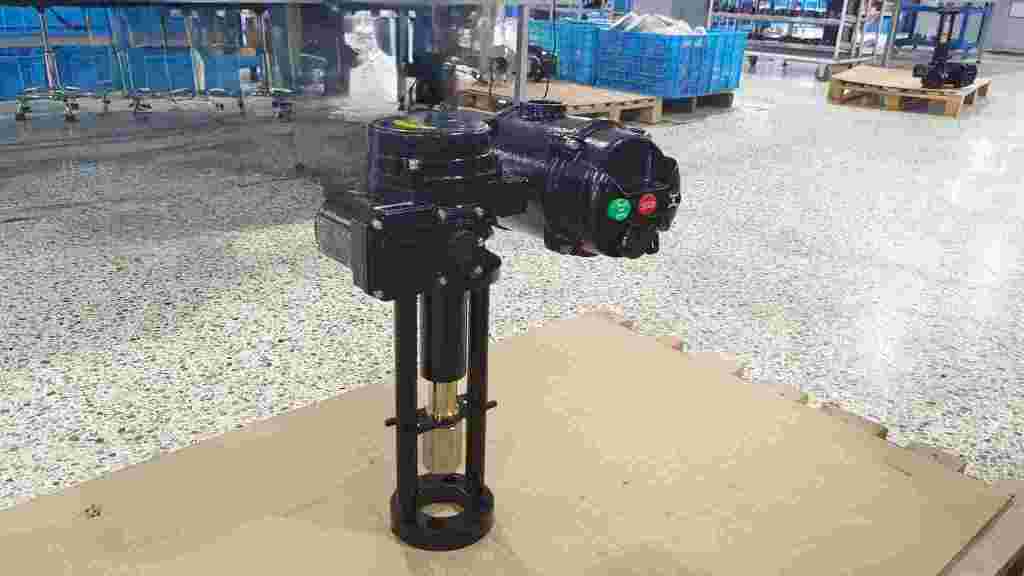
Furthermore, communication capabilities play a crucial role in the effectiveness of Intelligent Integrated Electric Actuators. Many IIEAs support various communication protocols, such as Modbus, CAN, and Profibus, enabling them to interact with other devices and systems within an automated environment. This connectivity allows for centralized control and monitoring, facilitating seamless integration into existing automation frameworks and improving overall system efficiency.
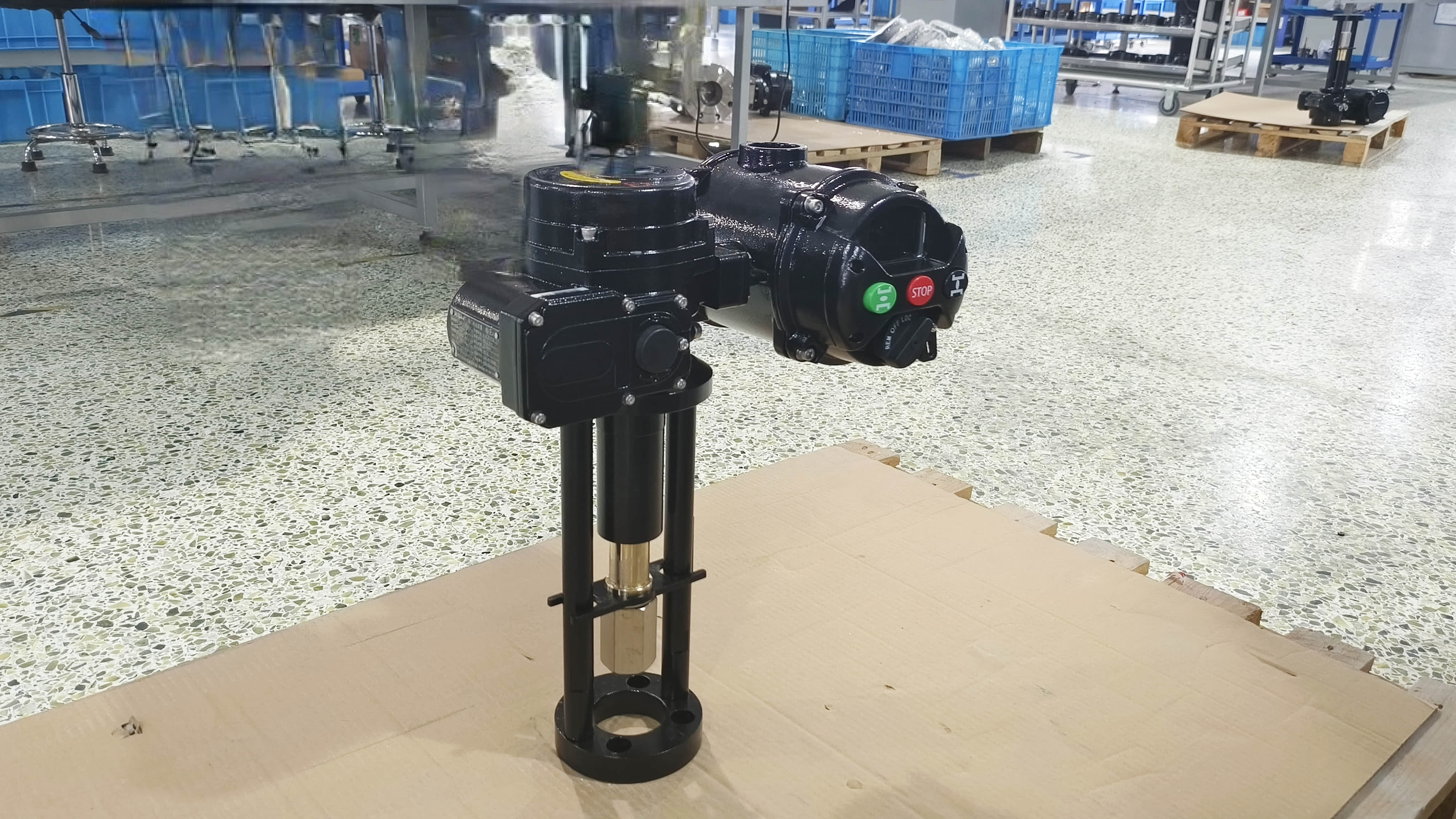
The efficiency of IIEAs extends beyond their operational capabilities; they are also designed to minimize energy consumption. With a focus on energy-saving features, these actuators convert electrical energy into mechanical motion with greater efficiency than traditional systems. Consequently, industries can achieve substantial reductions in operational costs while also aligning with sustainability goals. The growing emphasis on energy efficiency in manufacturing and industrial processes makes the adoption of Intelligent Integrated Electric Actuators increasingly attractive.
